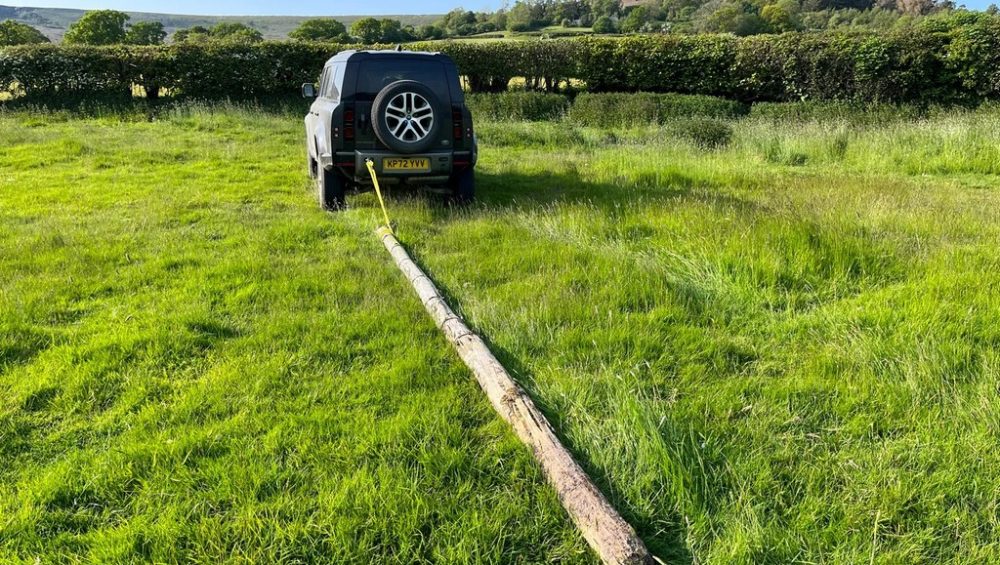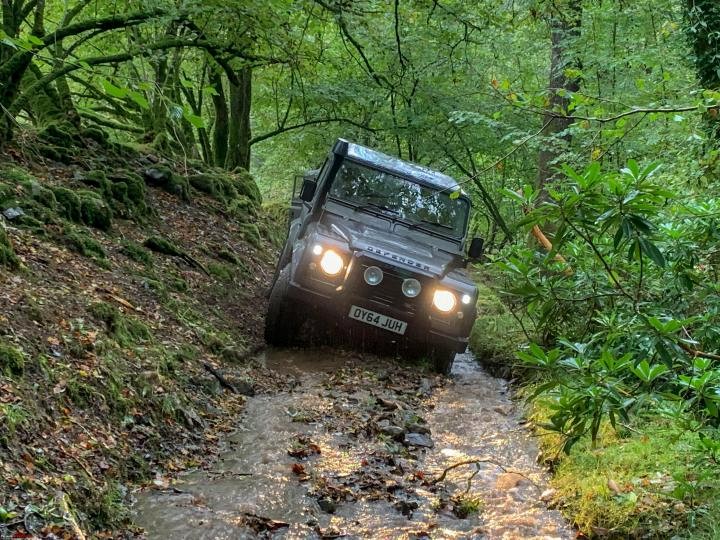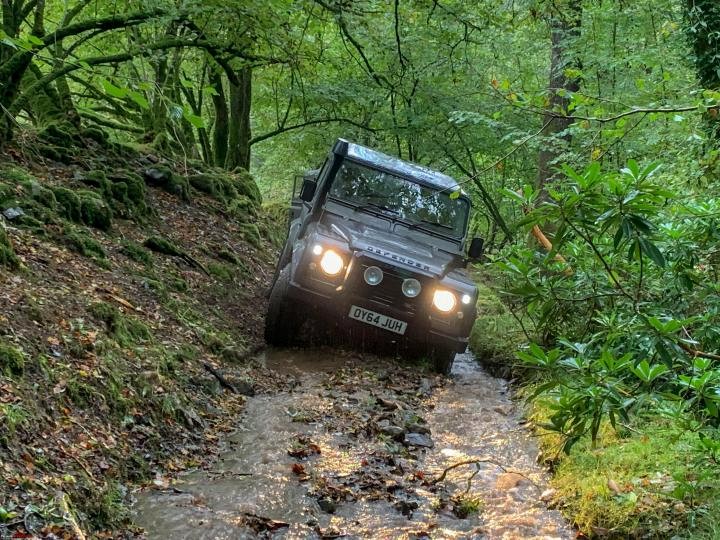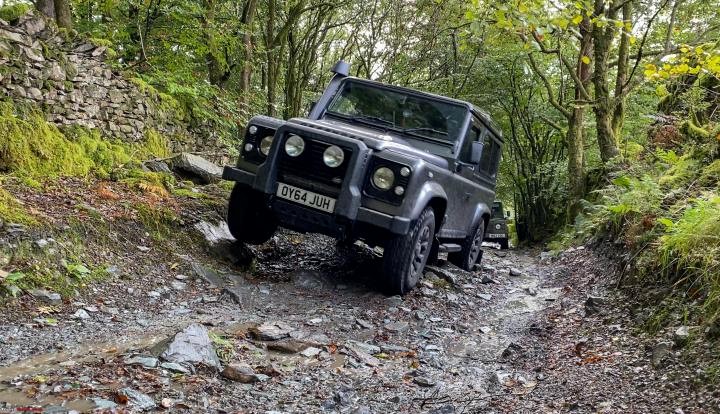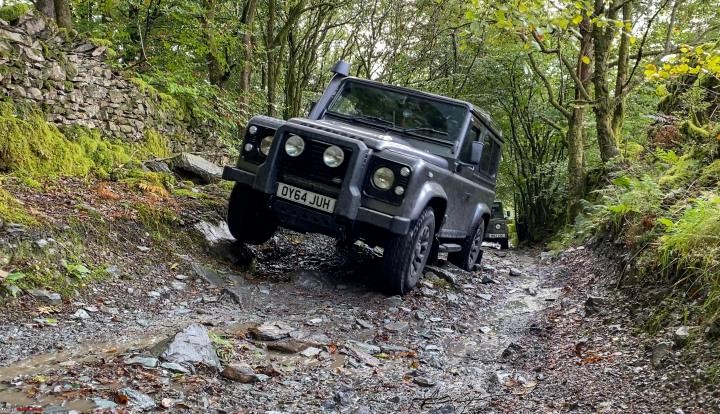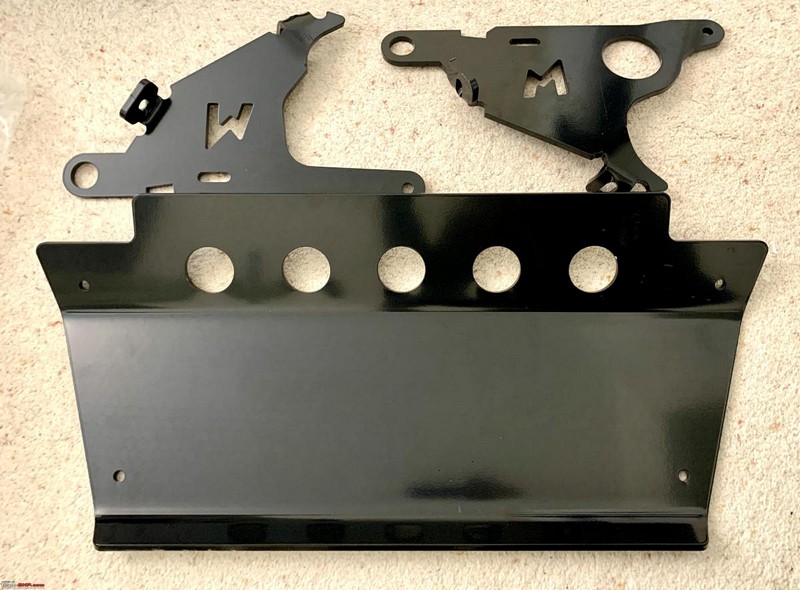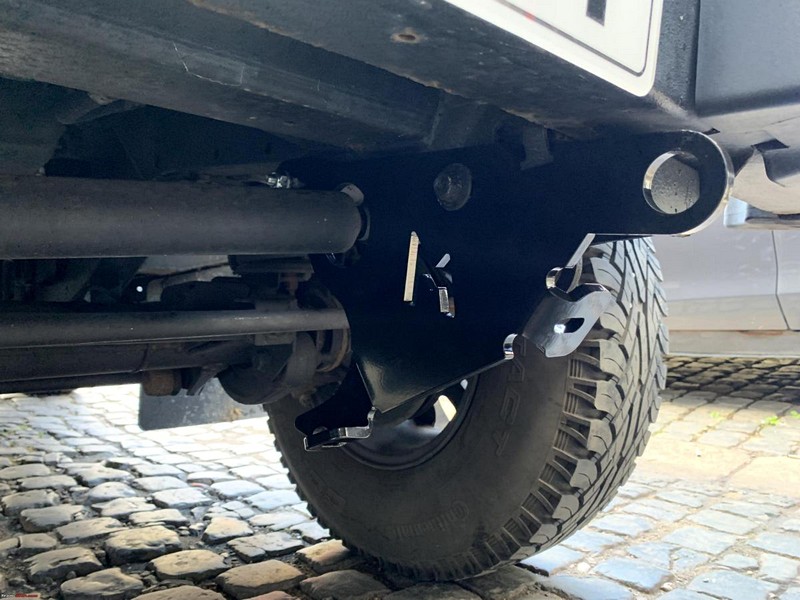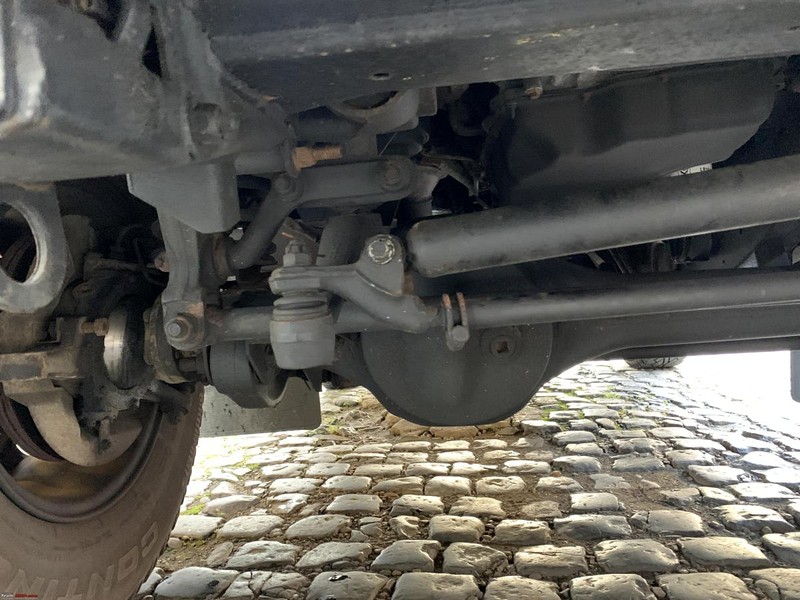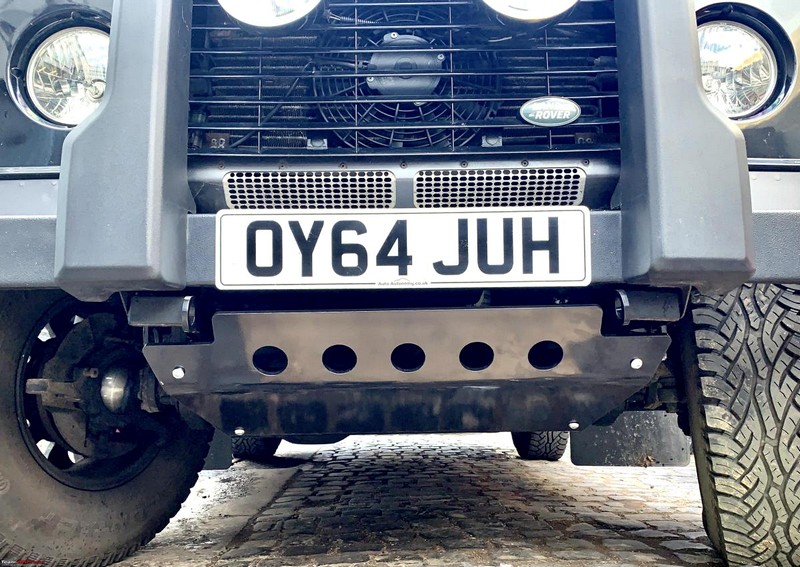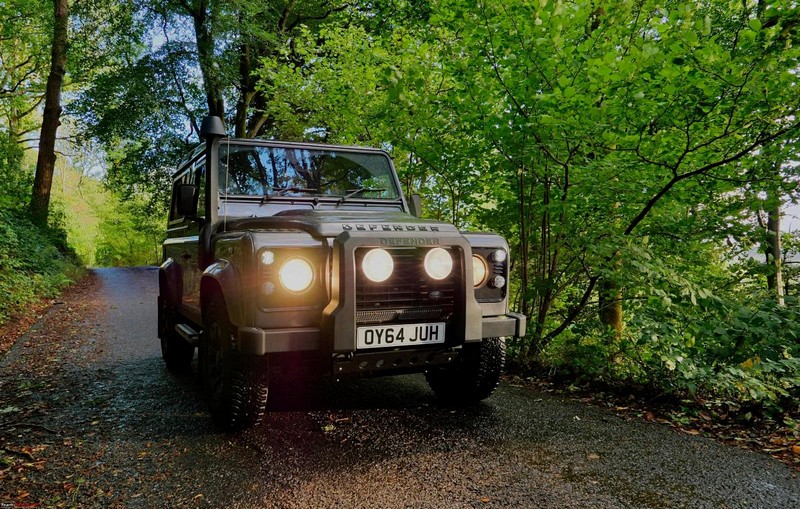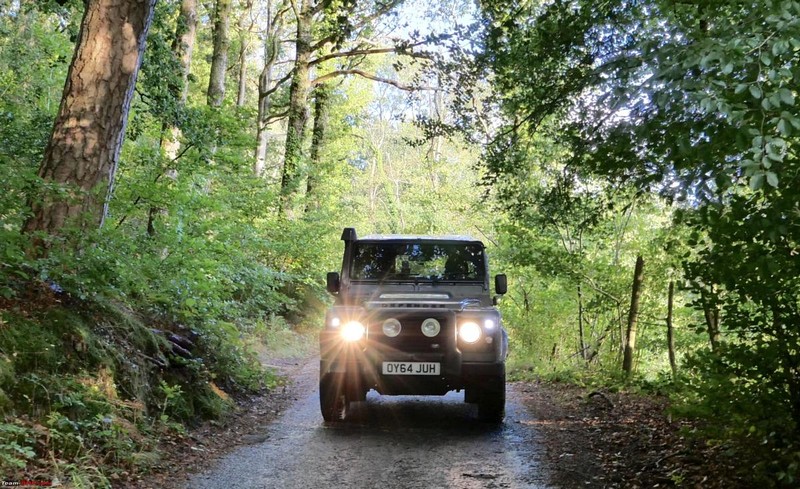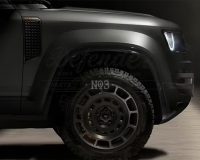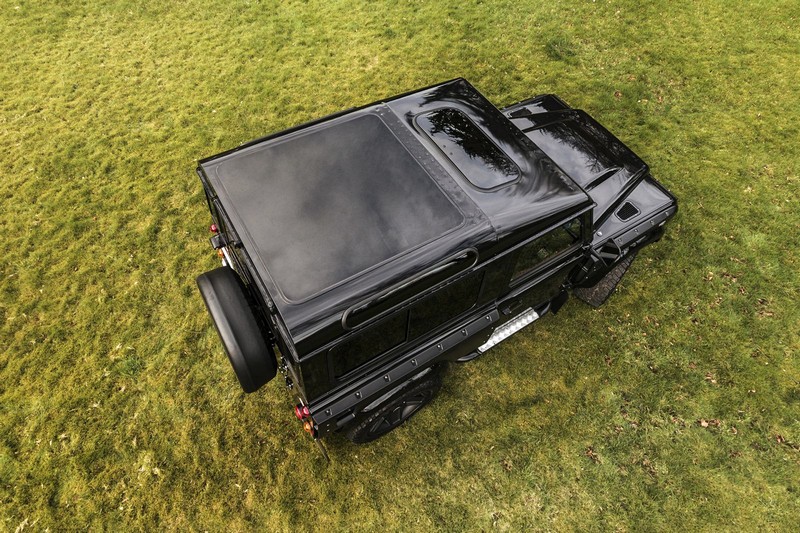As promised, the Land Rover Defender D300 110 in our PH Fleet has proven itself to be a reliable workhorse on the farm. From handling tasks like pulling out a rotten wooden pole to transporting fallen trees, it has demonstrated its capabilities in various challenging situations. However, there have been some lessons learned along the way.
One of the standout features of the Defender is its impressive towing capacity. While I initially encountered a setback due to the lack of a towbar, I managed to utilize the rear towing eyes to hook onto the pole that needed to be moved. Despite the absence of a traditional towbar, the Defender effortlessly dragged the heavy pole through boggy terrain and over obstacles. Its mighty D300 torque proved invaluable, showcasing the vehicle’s true workhorse nature.
Next, I tackled the task of dealing with a fallen tree on the farm. With its spacious cargo area, the Defender comfortably accommodated the entire tree without the need for a trailer. Its luggage capacity truly impressed me, proving that it’s not just a capable off-roader but also a practical vehicle for farm-related activities.
Speaking of off-roading, the Defender showcased its prowess on challenging terrains. Equipped with advanced off-road features, including hill descent control and an informative off-road display, it effortlessly maneuvered steep slopes and uneven surfaces. The real-time information provided by the display, such as the vehicle’s angles and wheel articulation, proved immensely useful in navigating treacherous terrain.
However, even with all the advanced technology and capabilities, there was a crucial lesson learned during one particular off-road excursion. The importance of having the right tires cannot be emphasized enough. The Defender comes equipped with Pirelli Scorpion Zeros, which are excellent all-season tires. They provide exceptional grip on wet and greasy surfaces, as well as light snow. However, when faced with deep mud, the lack of specialized off-road tires became apparent.
During a muddy section of the journey, the Defender began to slide sideways on a narrow track. It was a precarious situation, with the vehicle’s stability compromised. With utmost caution, I skillfully maneuvered the Defender backward, avoiding a potential rollover. The incident served as a stark reminder that, despite advanced technology and capable vehicles, the choice of tires is a vital factor in off-roading success.
In light of this experience, I am eagerly looking forward to the next phase of our journey with the Defender. The vehicle will soon be returning to Land Rover to have the all-important towbar fitted. Once equipped, I’ll continue putting it through its paces on the farm, further exploring its capabilities as a workhorse and a reliable rig.
Overall, the Land Rover Defender D300 110 has lived up to its reputation as a robust and capable vehicle. Its performance on the farm has been impressive, with the exception of the tire limitations encountered during off-road endeavors. As we move forward, armed with a towbar and the right tires, I anticipate even more successful adventures with this versatile and dependable Land Rover Defender.
[ngg src=”galleries” ids=”98″ display=”basic_thumbnail” thumbnail_crop=”0″]Source: pistonheads[.]com

